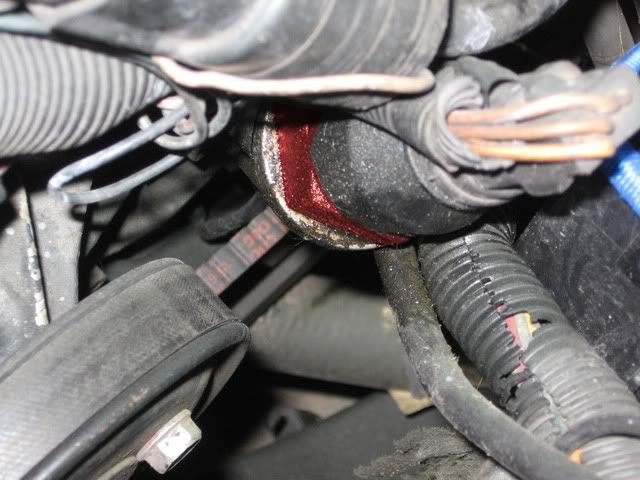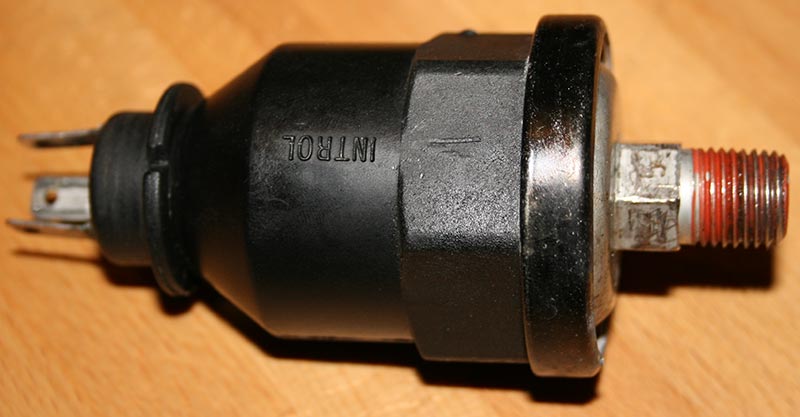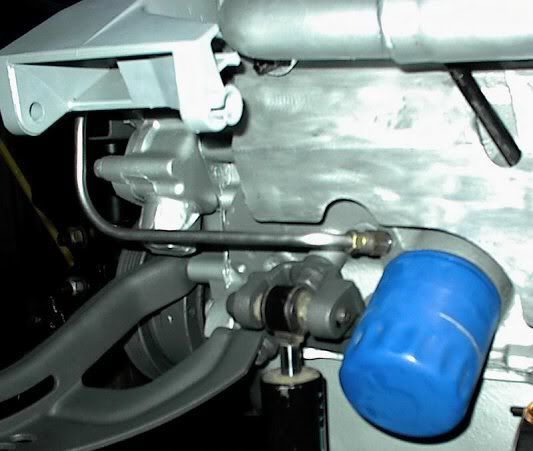Iron_Mark,
If I lived closer to you, I'd tell you to purchase a few parts, then we'd spend about two evenings fixing the problem. As it is, I live in Northern Minnesota. Here is my "two cents" of advice, if you can get help from a friend who is mechanically inclined:
I've done this to three different cars, two of them Fieros, all with great results. In fact, one of them belongs to Yellow87FieroGT, my oldest son, who continues to drive his car to and from the Detroit area (about 780 miles one way) when he comes home. It is his daily driver and had the same problem you are describing. It now makes about 50 to 55 psi of oil pressure hot-idle and about 80 (or more) on a cold start while running 5w-30 Mobile 1. Hot pressure at 3500 rpm is aroune 75 psi. This car's longevity has been greatly extended, and it already had over 200 miles on it! This procedure assumes that your crankshaft is not damaged beyond normal wear!
Parts to purchase: 1 standard rod bearing set (assuming your engine hasn't been rebuilt before). (fiero store)
1 standard main bearing set ( " "). (fiero store)
1 high volume oil pump (fiero store)
1 oil pan gasket & silicone gasket compound.
1 large tube of Lubriplate engine assembly lubricant.
Total cost is under $200
The original fiero oil pump has an aluminum body, which wears poorly over time, causing oil to leak around the gears when it warms up. The high volume pump that the Fero Store sells is made of steel, and is designed to move more oil anyway.
You'll need to do the following:
1. Drop the exhaust system.
2. Remove the starter.
3. Support the front of the engine and remove the front motor mount
4. Remove the pan (check for shrapnel in the bottom of the pan...this can be a MAJOR clue about what's been going on in there).
5. Remove the old oil pump.
6. Remove the spark plugs.
7. Put a wrench on the damper pulley nut so that you can gently turn the engine.
8. Change the rod bearings one at a time: Remove the rod bearing cap. Push the piston up in the bore enough to remove the top half of the bearing. Be very careful not to
scratch any of the crank bearing surfaces while doing this. While you have the old bearings out, it is interesting to set them on a piece of glass next to the new bearings.
You will probably be able to see or feel the thickness of the new bearing compared to the old. Install the new bearing, using plenty of Lubriplate on the face of the bearing.
Install the rod bearing cap and torque to 40 ft/lbs.(check spec). Repeat for all 6 cylinders. Make crank still turns freely after each bearing is installed.
9. Loosen the main bearing caps JUST ENOUGH TO REMOVE THE TORQUE. Now remove the rear main cap. The lower half of the bearing will come off with it.
Removing the upper half of the bearing requires a flat brass drift, a very light hammer to tap the end of the bearing with, and another person to gently turn the crank in the
the direction that you are trying the roll the bearing out. Once you have removed it, do a "stare and compare" inspection of the old vs. the new bearing. Now use
Lubriplate on BOTH SIDES of the new bearing and start rolling it back in, in just the opposite way that you took the old one out. Place the bottom bearing half into the cap
with Lubriplate on the bearing face only. Install the cap bolts a little more the finger tight.
10. Roll the other mains out and back in the the same manner, one at a time, working toward the front of your engine. USE PATIENCE and CAUTION so you don't mar up
the crank. When you have them all in, torque the mains to spec. I think it is 75 ft/lbs (check spec). Double check the torque on all rod and main bearning nuts. Again, make sure the crank turns freely bearings are torqued. Don't force anything!
11. Re-install the oil pan, using a thin coat of gasket compound on both sides of the gasket. Make sure all the flanges are absolutely clean and you won't have any problems
with leaks.
12. Re-install the front motor mount, starter, re-hang the exhaust, install the spark plugs and wires in proper order.
13. Change the oil filter and put in new oil.
14. Connect battery, start the engine and let it idle, keeping a close eye on the oil pressure and listen for any unusual noises. The engine should run more quietly and
somewhat cooler than it did before.
Now go take a shower and get all that nasty grease and oil off of you!! (I didn't say this was a clean job).
The point is, the Fiero is a great car. You can add a lot of life to it with a couple of evenings of work ( a weekend or more if you take your time) and under $200.
You will miss it if you sell it.
I hope you can find someone with the tools and skill to help you with this . . . Good Luck!
~~Dan
------------------
Gold '87 GT, Black '87 GT, Black '88 Mera, 64 Stingray coupe, '01 Corvette coupe, '03 Corvette coupe & caretaker of son's Yellow '87 GT, & Other son's Red '86 GT,
General tinkerer and doer of mechanical deeds

























